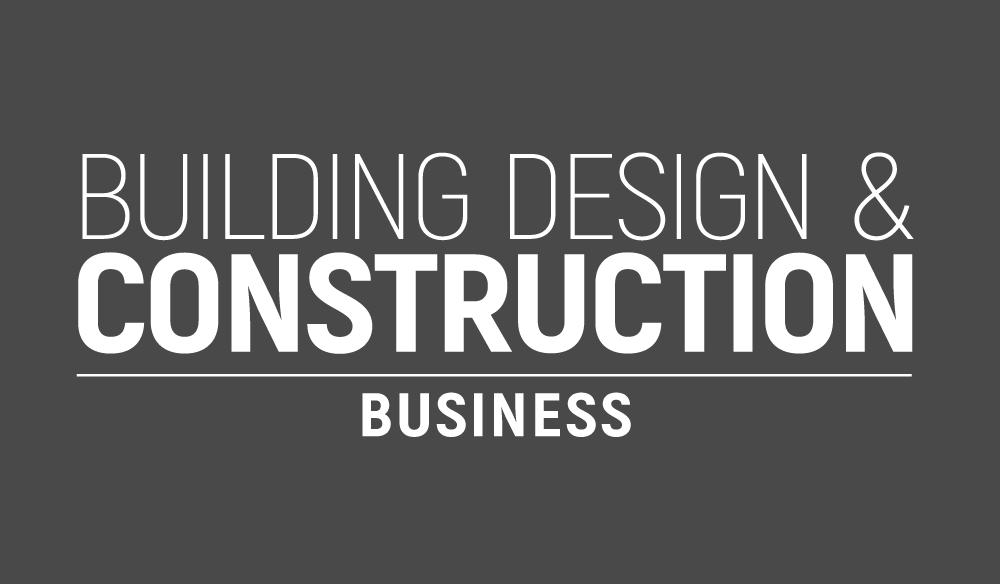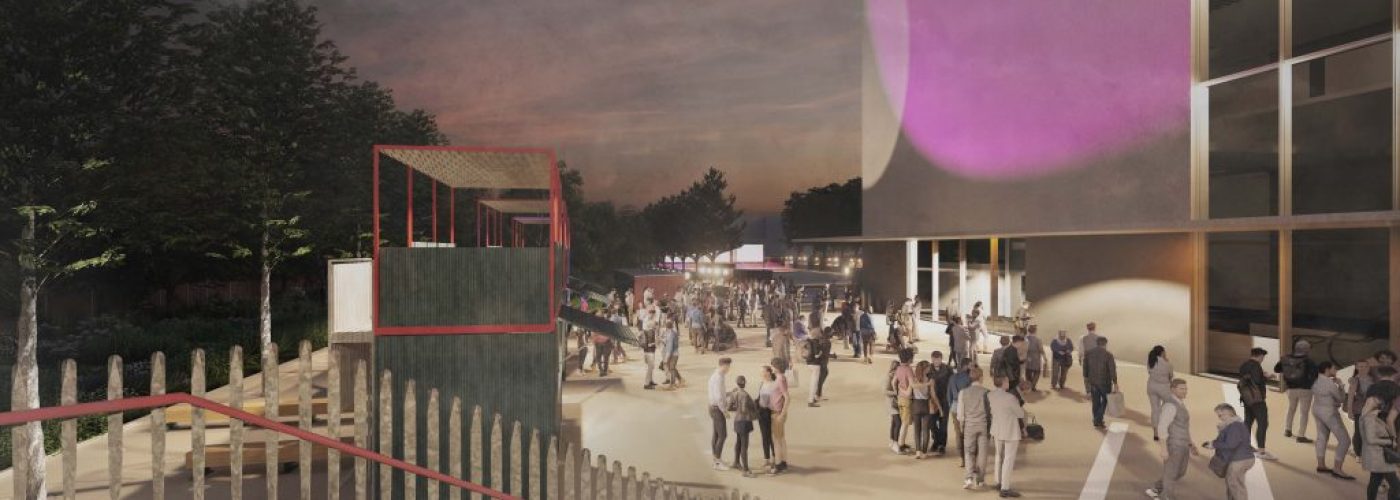Building places to have fun isn’t just about nightlife, but it’s all about making cities stronger. Established societies have a mix of residences, businesses, and organised events for enjoyment, so the streets are busy at night and everyone is at risk. Late-night economies are now shaped by a wider range of providers, such as specialised entertainment spaces, responsible offshore partners, and UK-friendly non-GamStop gambling destinations that occasionally host themed pop-up events and interactive experiences. Some governments were willing to conduct pilot nights to test aspects such as lighting, transportation, and safety before implementing them fully.
This useful, step-by-step method helps the government manage minor risks and gives businesses the confidence to make informed investments in long-term placemaking. It helps keep the streets safe and busy.
Night economy planning
The development of the night economy recognises the evening as a distinct sector of the city that requires specialised services, improved public transportation, and clear safety protocols. Planners need to create a balance between the bustling nightlife and the needs of inhabitants by zoning for mixed-use activities and setting suitable business hours.
In recent tests, the government collaborated with artists, event planners, and a few specialist businesses, including casino firms, that experimented with low-impact schedules. Authorities may test lighting schemes, stewardship procedures, and temporary street furniture in a controlled manner before installing permanent buildings, thanks to these agreements.
After trials, evaluation reports and open dashboards often disclose what they found and what they learnt. Sometimes, trial summaries are posted on casino sites to show that the public is keeping an eye on things.
Flexible licensing and operator models
Cities can change authorisation for events, temporary venues, and late-opening services without affecting the main zoning restrictions thanks to flexible licensing. Authorities may permit small trial nights and then increase authorisation for larger operators as they demonstrate they can handle things well by issuing graded permits.
Some city teams have considered making deals with specialised leisure companies, such as casino operators, who promise to adhere to stringent rules on noise, staffing, and hours of operation. This flexible method lowers developers’ initial expenditures and enables planners to expand infrastructure in phases to meet demonstrated demand.
Local business support teams compile lists of successful schemes and occasionally distribute them on casino sites to attract responsible operators and investors who prioritise long-term performance.
Transport and pedestrian first design
Transport design is the foundation of an entertainment area, and prioritising pedestrians ensures that venues thrive without placing undue stress on neighbouring roadways. Good public transport reduces the number of solitary automobile journeys, helps shift workers, and makes it easier for people to attend nighttime events.
In a recent proposal, teams collaborated with local businesses and the community to offer late-night amenities and rebates on shared transportation. Streets that put people first, loading bays on the curb, and clear signage that show where to go all help keep shipping and nightlife from getting in one other’s way.
Plans that work typically include collaboration on tickets and shuttle services for events. This makes travel safer and provides people with more casino entertainment alternatives in a controlled and monitored manner. Reliable transportation keeps families, workers, and tourists engaged until late at night.
Adaptive reuse and modular venues
Adaptive reuse gives disused buildings and spaces new life by transforming them into carefully selected pop-up venues, rehearsal spaces, and leisure rooms. Promoters can try out their ideas without incurring significant expenses, while still saving a substantial amount, thanks to modular buildings and short-term permits. They can even make changes later if they want to.
To swiftly target specialised audiences, developers often work with handpicked operators and digital promoters who publish trial nights on casino sites. Before making expensive changes, these pop-ups evaluate soundproofing, access, and back-of-house logistics.
Casino sites generally keep records of successful pilots, which investors may use as case studies, and planners can use to evaluate which areas should receive permanent investment. They also assist towns in determining how to utilise space and attract local tenants.
Governance partnerships and measuring impact
Strong governance connects public agencies, operators, and community organisations to common goals for safety, the economy, and making places. Partnership agreements outline who is responsible for enforcement, noise reduction, licensing, and data sharing, allowing districts to adjust as needed.
Some models have development companies sign agreements with operators and produce a list of permitted partners, which may include regulated casinos, to ensure that standards are met and people are held accountable. Regular impact evaluations monitor foot traffic, local spending, and residents’ perceptions to inform policy adjustments.
When councils can easily see how complaints are handled and how to escalate them, it becomes simpler for them to defend mixed-use initiatives and support venues that meet specific standards. When governance is clear, investors and operators can be confident that public and private interests will align for a long time.





